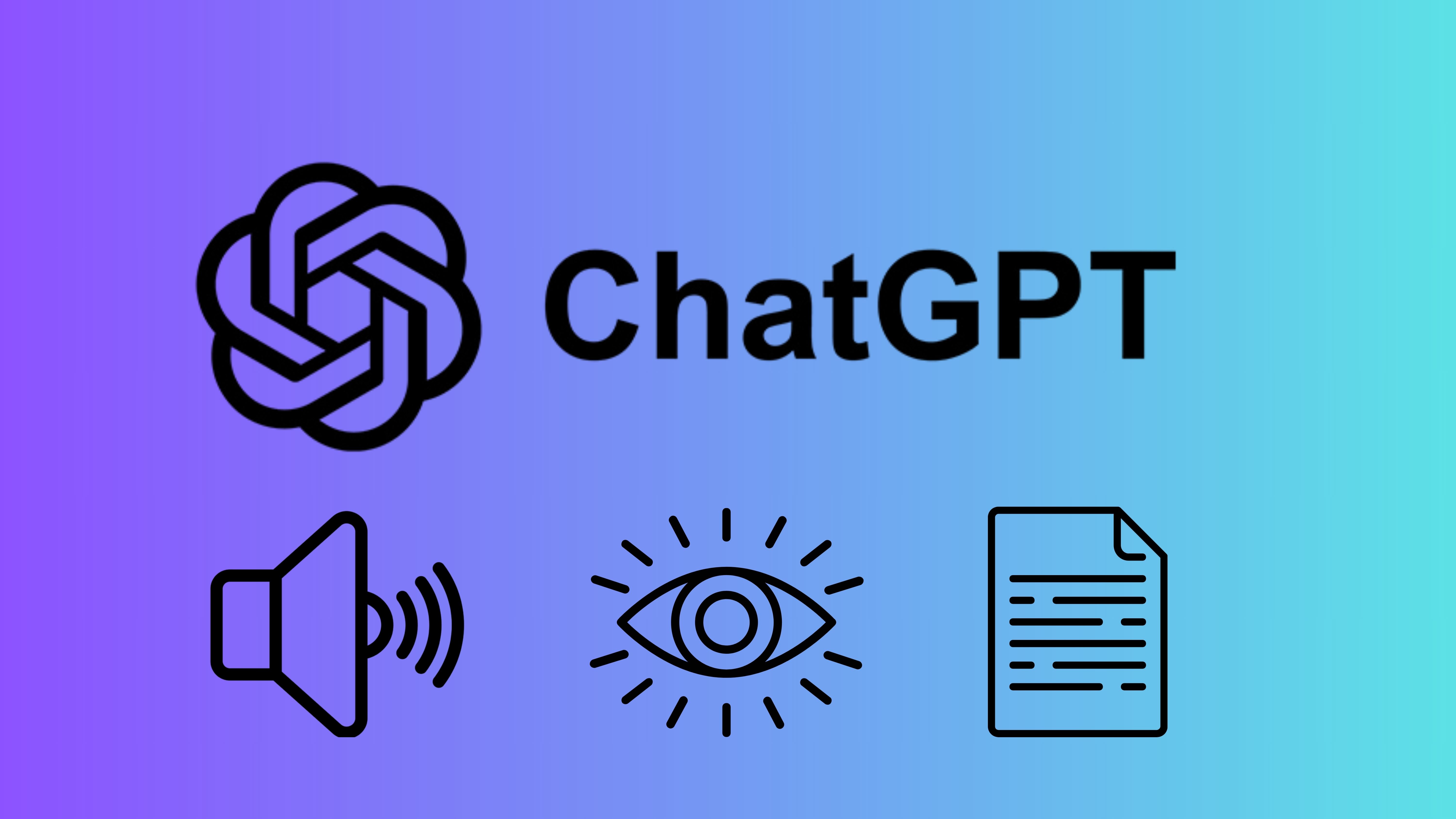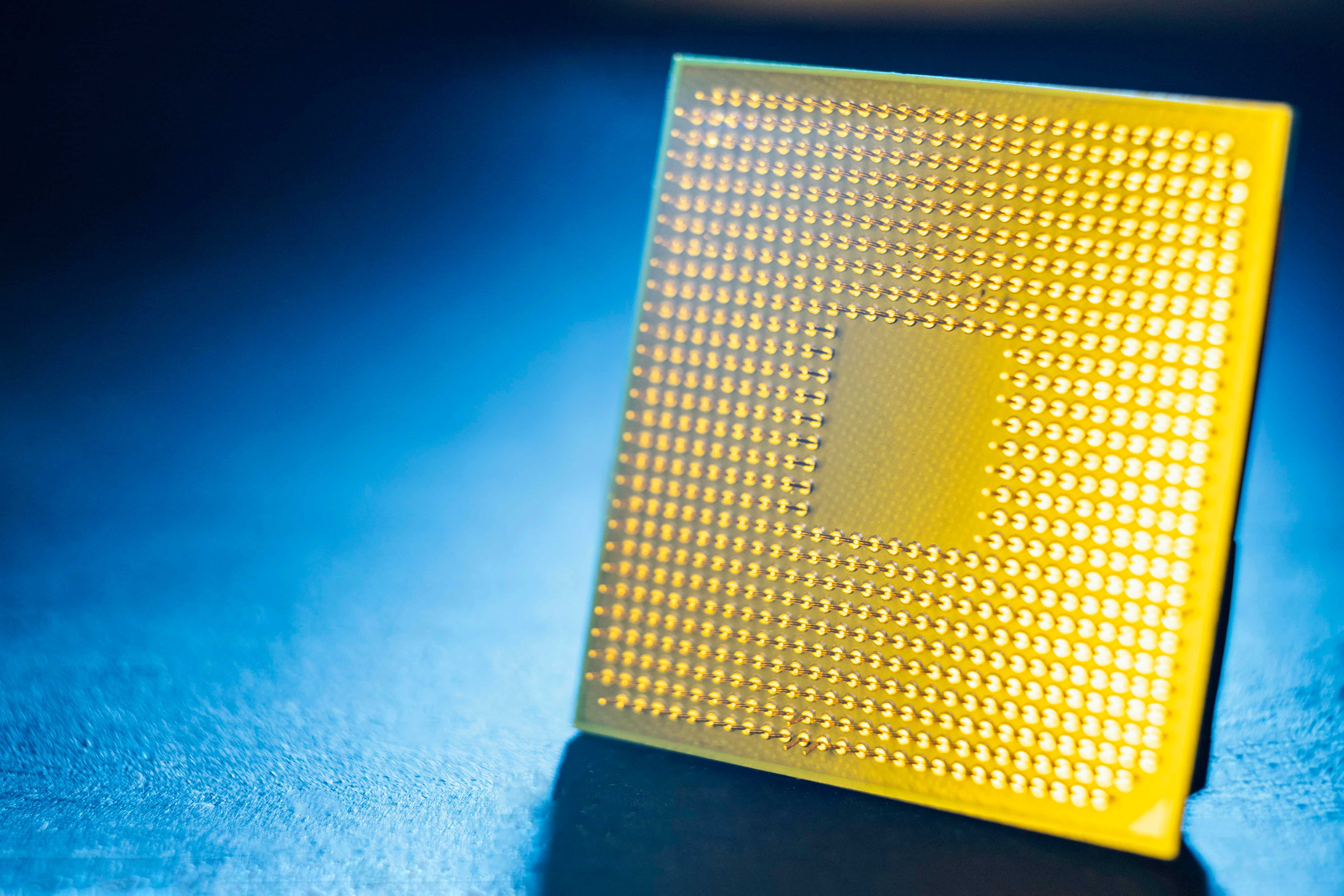The internet has become part of almost everything we do. It helps us work, stay in touch with friends and family, buy things, plan trips, and handle tasks that would have felt impossible until recently. Most people cannot imagine getting through the day without it.
But there is a hidden cost to all this convenience. Most of the time, online services run smoothly, with countless systems working together in the background. But every now and then, though, a key cog slips out of place.
When that happens, the effects can spread fast, taking down apps, websites, and even entire industries within minutes. These moments remind us how much we rely on digital services, and how quickly everything can unravel when something goes wrong. It raises an uncomfortable question. Is digital dependence worth the convenience, or are we building a house of cards that could collapse, pulling us back into reality?
Warning shots of the dot-com Era and the infancy of Cloud services
In its early years, the internet saw several major malfunctions that disrupted key online services. Incidents like the Morris worm in 1988, which crashed about 10 percent of all internet-connected systems, and the 1996 AOL outage that left six million users offline, revealed how unprepared the early infrastructure was for growing digital demand.
A decade later, the weaknesses were still clear. In 2007, Skype, then with over 270 million users, went down for nearly two days after a surge in logins triggered by a Windows update overwhelmed its network. Since video calls were still in their early days, the impact was not as severe, and most users simply waited it out, postponing chats with friends and family until the issue was fixed.
As the dot-com era faded and the 2010s began, the shift to cloud computing introduced a new kind of fragility. When Amazon’s EC2 and EBS systems in the US-East region went down in 2011, the outage took down services like Reddit, Quora, and IMDb for days, exposing how quickly failures in shared infrastructure can cascade.
A year later, GoDaddy’s DNS failure took millions of websites offline, while large-scale Gmail disruptions affected users around the world, early signs that the cloud’s growing influence came with increasingly high stakes.
By the mid-2010s, it was clear that the internet had evolved from a patchwork of standalone services to a heavily interconnected ecosystem. When cloud or DNS providers stumbled, their failures rippled simultaneously across countless platforms. The move to centralised infrastructure made development faster and more accessible, but it also marked the beginning of an era where a single glitch could shake the entire web.
Centralised infrastructure and the age of cascading failures
The late 2000s and early 2010s saw a rapid rise in internet use, with nearly 2 billion people worldwide online. As access grew, more businesses moved into the digital space, offering e-commerce, social platforms, and new forms of online entertainment to a quickly expanding audience.
With so much activity shifting online, the foundation beneath these services became increasingly important, and increasingly centralised, setting the stage for outages that could ripple far beyond a single website or app.
The next major hit came in 2016, when a massive DDoS attack crippled major websites across the USA and Europe. Platforms like Netflix, Reddit, Twitter, and CNN were suddenly unreachable, not because they were directly targeted, but because Dyn, a major DNS provider, had been overwhelmed.
The attack used the Mirai botnet malware to hijack hundreds of thousands of insecure IoT devices and flood Dyn’s servers with traffic. It was one of the clearest demonstrations yet that knocking out a single infrastructure provider could take down major parts of the internet in one stroke.
In 2017, another major outage occurred, with Amazon at the centre once again. On 28 February, the company’s Simple Storage Service (S3) went down for about 4 hours, disrupting access across a large part of the US-EAST-1 region. While investigating a slowdown in the billing system, an Amazon engineer accidentally entered a typo in a command, taking more servers offline than intended.
That small error was enough to knock out services like Slack, Quora, Coursera, Expedia and countless other websites that relied on S3 for storage or media delivery. The financial impact was substantial; S&P 500 companies alone were estimated to have lost roughly 150 million dollars during the outage.
Amazon quickly published a clear explanation and apology, but transparency could not undo the economic damage nor (yet another) sudden reminder that a single mistake in a centralised system could ripple across the entire web.
Outages in the roaring 2020s
The S3 incident made one thing clear. Outages were no longer just about a single platform going dark. As more services leaned on shared infrastructure, even small missteps could take down enormous parts of the internet. And this fragility did not stop at cloud storage.
Over the next few years, attention shifted to another layer of the online ecosystem: content delivery networks and edge providers that most people had never heard of but that nearly every website depended on.
The 2020s opened with one of the most memorable outages to date. On 4 October 2021, Facebook and its sister platforms, Instagram, WhatsApp, and Messenger, vanished from the internet for nearly 7 hours after a faulty BGP configuration effectively removed the company’s services from the global routing table.
Millions of users flocked to other platforms to vent their frustration, overwhelming Twitter, Telegram, Discord, and Signal’s servers and causing performance issues across the board. It was a rare moment when a single company’s outage sent measurable shockwaves across the entire social media ecosystem.
But what happens when outages hit industries far more essential than social media? In 2023, the Federal Aviation Administration was forced to delay more than 10,000 flights, the first nationwide grounding of air traffic since the aftermath of September 11.
A corrupted database file brought the agency’s Notice to Air Missions (NOTAM) system to a standstill, leaving pilots without critical safety updates and forcing the entire aviation network to pause. The incident sent airline stocks dipping and dealt another blow to public confidence, showing just how disruptive a single technical failure can be when it strikes at the heart of critical infrastructure.
Outages that defined 2025
The year 2025 saw an unprecedented wave of outages, with server overloads, software glitches and coding errors disrupting services across the globe. The Microsoft 365 suite outage in January, the Southwest Airlines and FAA synchronisation failure in April, and the Meta messaging blackout in July all stood out for their scale and impact.
But the most disruptive failures were still to come. In October, Amazon Web Services suffered a major outage in its US-East-1 region, knocking out everything from social apps to banking services and reminding the world that a fault in a single cloud region can ripple across thousands of platforms.
Just weeks later, the Cloudflare November outage became the defining digital breakdown of the year. A logic bug inside its bot management system triggered a cascading collapse that took down social networks, AI tools, gaming platforms, transit systems and countless everyday websites in minutes. It was the clearest sign yet that when core infrastructure falters, the impact is immediate, global and largely unavoidable.
And yet, we continue to place more weight on these shared foundations, trusting they will hold because they usually do. Every outage, whether caused by a typo, a corrupted file, or a misconfigured update, exposes how quickly things can fall apart when one key piece gives way.
Going forward, resilience needs to matter as much as innovation. That means reducing single points of failure, improving transparency, and designing systems that can fail without dragging everything down. The more clearly we see the fragility of the digital ecosystem, the better equipped we are to strengthen it.
Outages will keep happening, and no amount of engineering can promise perfect uptime. But acknowledging the cracks is the first step toward reinforcing what we’ve built — and making sure the next slipped cog does not bring the whole machine to a stop.
The smoke and mirrors of the digital infrastructure
The internet is far from destined to collapse, but resilience can no longer be an afterthought. Redundancy, decentralisation and smarter oversight need to be part of the discussion, not just for engineers, but for policymakers as well.
Outages do not just interrupt our routines. They reveal the systems we have quietly built our lives around. Each failure shows how deeply intertwined our digital world has become, and how fast everything can stop when a single piece gives way.
Will we learn enough from each one to build a digital ecosystem that can absorb the next shock instead of amplifying it? Only time will tell.
Would you like to learn more about AI, tech, and digital diplomacy? If so, ask our Diplo chatbot!









